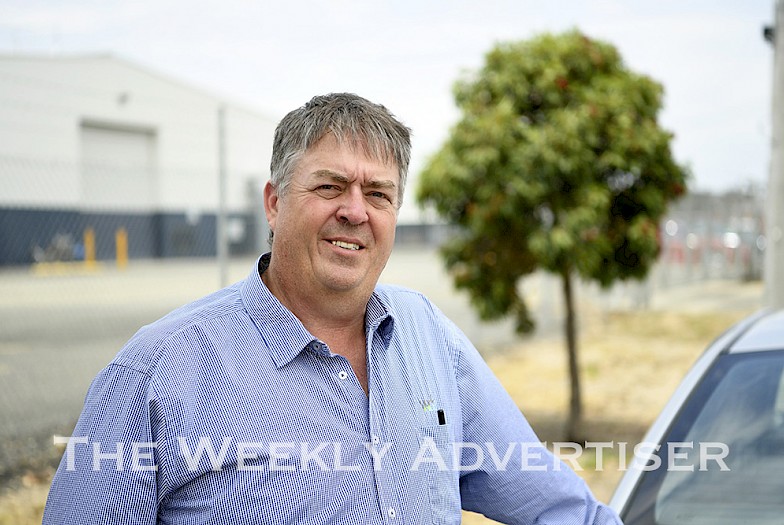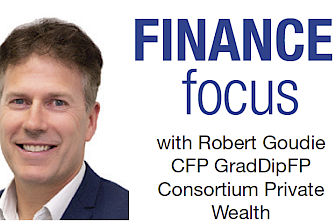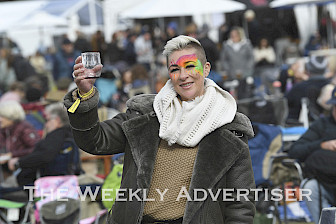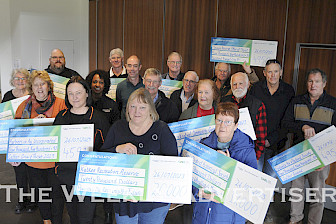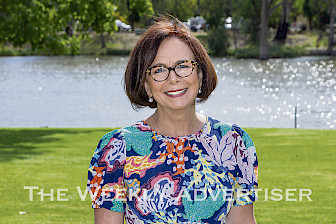Wimmera Development Association executive director Chris Sounness said there was particular excitement about the paper’s identification of a stage-one need to increase a Western Victorian Transmission Network Project from North Ballarat to Bulgana, near Great Western, to carry 500 kilovolts of power instead of 220kV.
Mr Sounness said the expansion, expected to cost between $132-million and $308-million if it happened, would remove barriers to the Wimmera and southern Mallee becoming part of a new Victorian renewable-energy engine room.
He said the proposal would enable the connection of up to an extra 1200 megawatts of renewable-energy projects beyond what was already in operation or planned.
“Doubling the size of the project from 220 to 500kV gives a lot more bang for the buck and dramatically increases the capacity of renewable energy that can be generated in the broader Wimmera,” he said.
“It would provide a gateway to industry and that equates to jobs, careers, growth and diversifying economies.
“If all the recommendations in this directions paper came to pass it would lead to many dreams being realised.”
The development association, in discussing regional circumstances with various renewable-energy developers, has long identified electrical infrastructure as a fundamental barrier to the industry expanding.
In essence, ageing powerlines and support infrastructure are all but at capacity for the amount of power they can carry.
Wimmera Southern Mallee Regional Partnership chair David Jochinke said the key to making the most of renewable energy was unlocking future opportunity.
“We don’t want an upgrade that simply meets current requirements. We want one that meets requirements that unlock multiple future projects and developments,” he said.
The directions paper is based on a State Government commitment to developing six renewable energy zones. These include Ovens Murray, V1, Murray River, V2, Western Victoria, V3, South West, V4, Gippsland, V5 and Central North, V6.
The government is working with the Australian Energy Market Operator on a priority-projects list to support renewable-energy zones to strengthen the transmission network and resolve network connection issues causing project delays.
It has identified a system-stabilising synchronous condenser in Horsham, costing between $32-million and $76-million, among immediate network investment needs.
A second category of stage-one projects features priority line upgrades, including the Ballarat-Bulgana line, to enable the connection of additional renewable-energy capacity in west and south-west zones.
The government will consider how regulatory arrangements can progress these projects and provide an assessment update in May, corresponding with REZ Fund announcements for the other stage-one projects.
More multi-million-dollar follow-up stage-two projects in Western Victoria zone would include another synchronous condenser at Murra Warra, north of Horsham, a 220kV upgraded line from Murra Warra to Bulgana and two industrial-sized batteries.
Mr Sounness acknowledged the directions paper listed increasing the rating of the Western Victoria Transmission Network Project as a ‘high risk’ of ‘delivery’. This was based on environmental, planning and community issues.
“These upgrades involve towers that are 86 metres high, so there is going to be, and already has been, understandably high levels of concern from landowners in the path of the transmission line,” he said. “One of the challenges in unlocking renewable energy will be developing compromises.
“All these projects must go through a vigorous environmental processes that includes extensive community and stakeholder consultation.
“At the same time, it’s important to remember that we’re talking about something that will lead to large-scale regional benefits, jobs and economic diversification.
“While there are going to be elements of anxiety about this development, the real story is that, from a regional socio-economic perspective, it will be transformational.
“For us it represents another piece in the puzzle in unlocking development in the region.
“Diversification is such a large piece in us being able to grow. This is about embracing a collective approach that taps into benefits while at the same time addresses or overcomes concerns. This is a regional issue that involves everyone from individual landowners to regional cities positioning themselves for growing populations.
“If agriculture hasn’t been able to put a big enough spotlight on the region in the past, then becoming the engine room for the state certainly will.”
Projects
Mr Sounness said apart from becoming the state’s powerhouse, circumstances would open for industry to fully explore ‘behind-the-metre’ projects that immediately tapped into power generated on site.
“It would be an economic enabler, promote value-adding for high-energy-use industries where suddenly the scope for these types of projects become closer to reality than simple ideas.”
Mr Jochinke added it was important renewable-energy projects could ‘stand on their own two feet’ and demonstrate that they pushed down the price of electricity.
“We keep hearing that coal is expensive technology, so we want renewables to be cleaner and ultimately cheaper electricity,” he said.
“Another opportunity for us, if we have a cluster of these facilities based in the Wimmera, is that it might provide technology and technical opportunities for future generations and more home-grown employment.”
The entire February 24, 2021 edition of The Weekly Advertiser is available online. READ IT HERE!
The entire February 24, 2021 edition of AgLife is available online. READ IT HERE!
